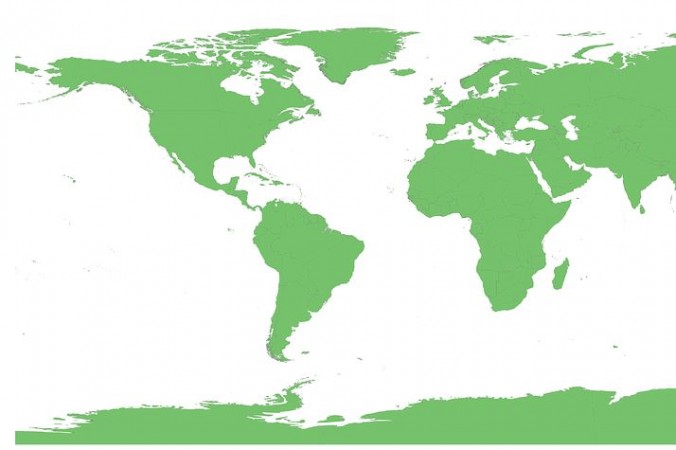
In today's ever-changing global landscape, it's essential to be aware of the countries where safety concerns are more prominent than others. Travelers, expatriates, and policymakers alike must stay informed about the most dangerous countries in the world to make informed decisions. Here, we will delve into a comprehensive analysis of the countries facing significant security challenges.
Before diving into the list of the most dangerous countries, it's crucial to understand the various metrics and factors used to assess a nation's safety:
One of the key indicators of a country's safety is its crime rate. This includes both violent and non-violent crimes such as theft, assault, and robbery.
Political instability can contribute to a country's danger level. Nations facing frequent protests, civil unrest, or government instability tend to be riskier for travelers.
The presence of terrorist groups and acts of terrorism significantly impact a country's safety. This factor is a major concern worldwide.
Access to quality healthcare is vital for personal safety. Countries with inadequate healthcare systems may pose higher risks.
Geographical location plays a role in safety as well. Nations prone to earthquakes, hurricanes, or other natural disasters face additional risks.
Now, let's explore the countries that currently top the list of the most dangerous places on Earth.
Afghanistan remains one of the most dangerous countries, primarily due to ongoing conflict and the presence of extremist groups.
Syria has faced years of civil war and instability, resulting in a dire humanitarian crisis and widespread violence.
Yemen is plagued by conflict, political instability, and a severe humanitarian crisis, making it extremely perilous.
South Sudan's struggle for stability continues, with ongoing violence and political unrest.
Somalia faces a combination of terrorism, piracy, and political instability, making it a high-risk destination.
Libya has been marred by conflict and political fragmentation since the fall of Muammar Gaddafi's regime.
Sudan experiences periodic conflict, with regions facing ongoing violence and instability.
Political turmoil and ethnic tensions contribute to the precarious situation in the Central African Republic.
Iraq remains susceptible to terrorism and political instability, despite efforts to rebuild.
North Korea's isolation and strict regime make it a challenging and secretive destination for travelers.
Venezuela's economic collapse has led to high crime rates and social unrest.
Honduras faces issues such as gang violence and political instability.
El Salvador has one of the world's highest homicide rates, mainly due to gang-related violence.
When traveling to countries with security concerns, it's crucial to prioritize safety. Here are some general tips:
Stay Informed: Keep up with the latest news and travel advisories for your destination.
Register with Your Embassy: Inform your embassy of your travel plans to receive updates and assistance if needed.
Travel Insurance: Invest in comprehensive travel insurance that covers various contingencies.
Local Contacts: Establish local contacts who can provide guidance and support.
Avoid Risky Areas: Stay away from regions with a history of violence or instability.
Cultural Sensitivity: Respect local customs and cultures to minimize potential conflicts.
Emergency Plan: Have a clear emergency plan in place, including communication and evacuation procedures.
By staying well-informed and taking precautions, travelers can minimize risks and enjoy their journeys even in challenging destinations.
While these countries are currently among the most dangerous in the world, it's essential to remember that situations can change. Prioritizing safety, staying informed, and being prepared can help travelers navigate these challenging environments more confidently.
7 Heart-Healthy Foods: Enjoy in Moderation for Optimal Health
The Power of Vitamins: A Key to Health and Wellness
Defect in the cornea can cause blindness, these are the symptoms, be careful